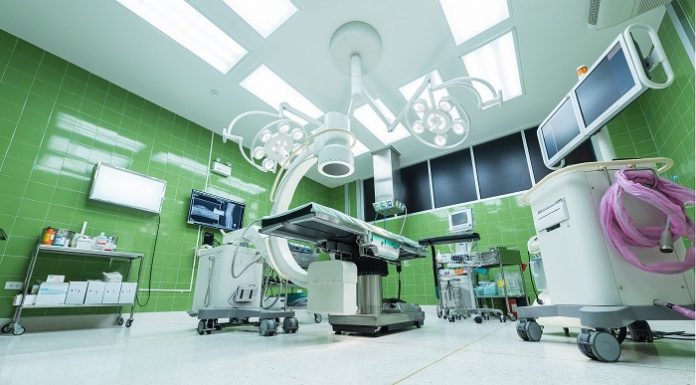Cardiac surgeons may be able to better plan operations and improve their surgical field view with the help of a robot. Controlled through a virtual reality parallel system as a digital twin, the robot can accurately image a patient through ultrasound without the hand cramping or radiation exposure that hinder human operators.
Intra-operative ultrasound is especially useful, as it can guide the surgery by providing real-time images of otherwise hidden devices and anatomy. However, the need for highly specialized skills is always a barrier to reliable and repeatable acquisition.
Wang noted that the availability of onsite sonographers can be limited and that many procedures requiring intra-operative ultrasound also often require X-ray imaging, which could expose the operator to harmful radiation. To mitigate these challenges, a team of researchers developed a platform for robotic intra-operative trans-oesophagal echocardiography (TEE), an imaging technique widely used to diagnose heart disease and guide cardiac surgical procedures.
“Our result has indicated the use of the robot with a simulation platform could potentially improve the general usability of intra-operative ultrasound and assist operators with less experience,” researchers said.
The researchers employed parallel control and intelligence to pair an operator with the robot in a virtual environment that accurately represents the real environment. Equipped with a database of ultrasound images and a digital platform capable of reconstructing anatomy, the robot could navigate the target areas for the operator to better visualize and plan potential surgical corrections in computational experiments.
Such a system can be used for view definition and optimization to assist pre-planning, as well as algorithm evaluations to facilitate control and navigation in real-time.
Next, the researchers plan to further integrate the currently proposed parallel real/virtual system with specific clinical needs to assist the translational research of such imaging robots.
The ultimate goal is to integrate the virtual system and the physical robot for in-vivo clinical tests, so as to propose a new diagnosis and treatment protocol using parallel intelligence in medical operations.








